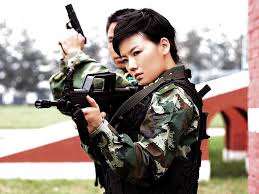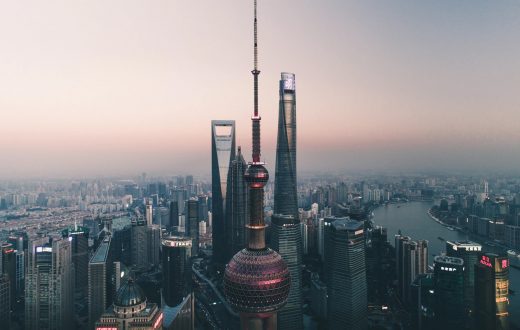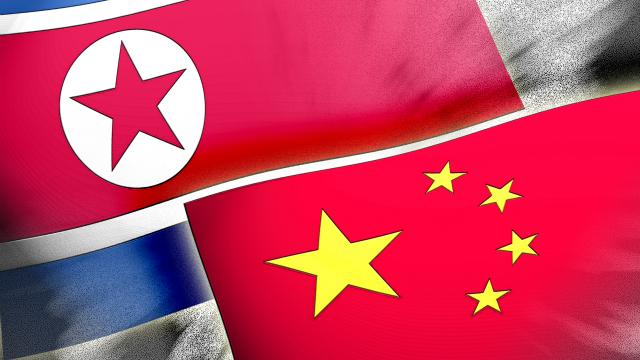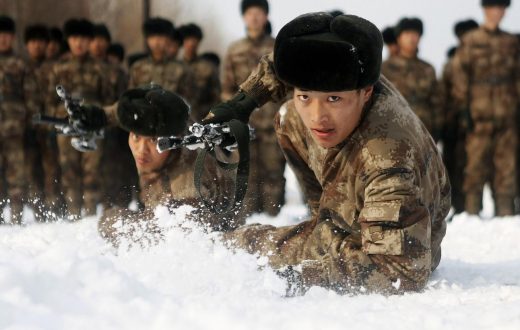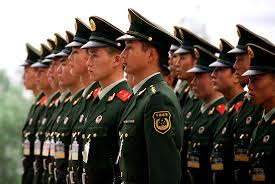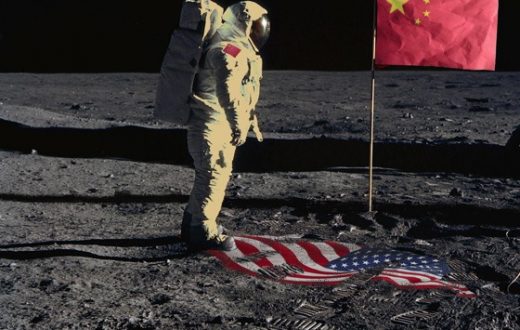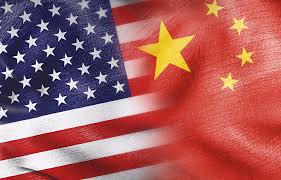Summary
China is modernizing its military one step at a time, and the focus of the new year appears to be organizational reform and restructuring. An announcement from the Chinese military on Jan. 11 heralded the new configuration of its general staff system. The People’s Liberation Army (PLA) has created a joint staff directly attached to the Central Military Commission (CMC), the highest leadership organization in the military. Chinese President Xi Jinping said the changes are “basically completed” and took a group photo with the 15 senior officers who will lead the new staff departments under the CMC. This suggests that while it may not be entirely functional yet, there has been considerable progress toward getting the revised structure in place. The new arrangement of the military’s general staff helps to address Beijing’s requirement to consolidate Party control over the country and develop a military capable of performing modern joint operations.
Analysis
Previously, the Central Military Commission, with the assistance of a small staff called the Central Military Commission General Office, set policies for the armed forces and exercised supreme command. The task of executing the commission’s edicts fell to the Four General Departments — four separate headquarters that served collectively as the PLA’s joint staff and de facto ground force headquarters. The system was cumbersome and completely dominated by the army. Even more concerning for Beijing, this command structure was resistant to Party leadership and prone to developing political fiefdoms (according to recent state media editorials in favor of military reforms).
The new joint staff directly attached to the Central Military Commission replaces the Four General Departments. The new general staff has 15 functional departments instead — a significant expansion from the domain of the General Office, which is now a single department within the Central Military Commission staff. The original Four General Departments have been assimilated into the framework, and though their portfolios are virtually the same, they most likely will not have the considerable autonomy they once enjoyed.

Included among the 15 departments are three commissions. The CMC Discipline Inspection Commission is charged with rooting out corruption, a task previously delegated to a commission that was subordinate to the General Political Department. This change puts the discipline commission and the General Political Department on the same organizational level. Then there is the new CMC Politics and Law Commission in charge of judicial and security affairs. Finally, the CMC Science and Technology Commission assumes the duties of a prior commission that had been subordinate to the General Armaments Department.
The Chinese Defense Ministry held a news conference to shed light on the reform, stressing that the commissions are distinct from the other Central Military Commission staff departments. While the immediate differences are unclear, the commission names suggest they could function as branches of higher-level Party organizations, such as the Central Commission for Discipline Inspection and the Central Politics and Law Commission. Furthermore, a Defense Ministry spokesman said the CMC Discipline Inspection Commission would be subject to “dual leadership.”
This somewhat unwieldy principle means that the grouping in question has responsibilities to the body to which it is attached as well as the organization’s counterparts at higher government levels. This particular arrangement might well be appropriate for the other two commissions as well. In effect, there are three powerful organizations working directly under the Central Military Commission that could also report to the central government, which suggests that the Communist Party is reinforcing its control over the military, even as it carries out reforms that give the People’s Liberation Army more operational flexibility and, potentially, the means to streamline its decision-making process.
The key division of labor Beijing wants for the military is a joint staff under the Central Military Commission that sets overall policies and does the strategic planning. This then feeds into service headquarters that focus on force development — similar to what the U.S. military calls the “organize, train, equip” mission — instead of direct command. And then there are the joint military regions, which will be fully empowered to conduct integrated, synchronized operations. The military has already undergone service-level reform with the creation of a ground force headquarters and an upgraded PLA Rocket Force. The creation of the new Central Military Commission general staff is Beijing’s second major reform. The evolution of China’s military regions into effective joint commands is the next logical step in Beijing’s plan to fashion its military into a credible 21st-century force. The focus of the last decade was operational-level modernization, and China now seeks to build on this solid platform.

